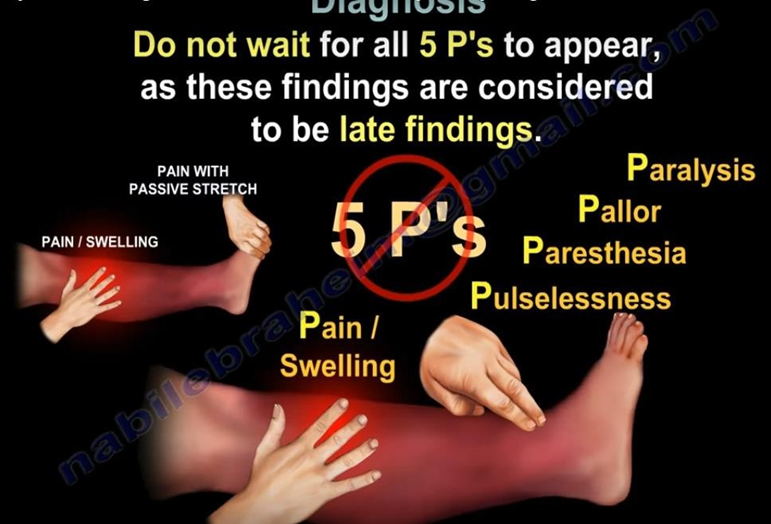A nurse is assessing a client who has a hip fracture. Which of the following findings should the nurse expect?
Muscle spasms
Hip pallor
Leg abduction
Leg lengthening
The Correct Answer is A
A. Muscle spasms can occur in response to the hip fracture as the body attempts to protect the injured area. Spasms may cause pain and muscle rigidity in the affected hip.
B. Pallor refers to paleness of the skin. While hip fractures can result in various signs and symptoms such as pain, swelling, and bruising, hip pallor specifically is not typically associated with a hip fracture.
C. Leg abduction refers to moving the leg away from the midline of the body. In the case of a hip fracture, the affected leg may be held in adduction (closer to the midline) due to pain and muscle guarding.
D. Leg lengthening is not typically associated with a hip fracture. In fact, a hip fracture can often lead to apparent leg shortening due to displacement or angulation of the fractured bone.
Nursing Test Bank
Naxlex Comprehensive Predictor Exams
Related Questions
Correct Answer is C
Explanation
C. A neurovascular assessment involves evaluating the circulation, sensation, and movement of the limb distal to the cast to ensure there are no signs of neurovascular compromise, such as decreased pulses, numbness, tingling, or weakness. Prompt identification of any neurovascular impairment is essential for preventing complications such as compartment syndrome.
A. Explaining discharge instructions is important for ensuring the client and their parents understand how to care for the cast at home. However, it is not the priority action.
B. Applying an ice pack to the casted leg can help reduce swelling and provide pain relief, but it is not the priority action immediately after the cast application.
D. Providing reassurance is important for alleviating anxiety and promoting a positive experience for the client and their parents. However, it is not the priority action.
Correct Answer is B
Explanation
B. Acute compartment syndrome occurs when increased pressure within a muscle compartment compromises circulation to the muscles and nerves within that compartment. Fractures, especially those accompanied by significant soft tissue injury or bleeding, can lead to compartment syndrome.

A Osteomyelitis is an infection of the bone that can occur as a complication of fractures, particularly if the fracture is open (the bone breaks through the skin). This occurs in the later courses of an infection.
C Fat embolism syndrome occurs when fat globules from fractured bones enter the bloodstream and become lodged in small blood vessels in organs such as the lungs, brain, and skin. Increasing edema is not an early sign of fat embolism.
D Pulmonary embolism (PE) is a serious condition where a blood clot travels to the lungs and blocks blood flow. While fractures, especially long bone fractures, can increase the risk of developing blood clots, increasing edema in the fractured limb is not typically an early sign of pulmonary embolism.
Whether you are a student looking to ace your exams or a practicing nurse seeking to enhance your expertise , our nursing education contents will empower you with the confidence and competence to make a difference in the lives of patients and become a respected leader in the healthcare field.
Visit Naxlex, invest in your future and unlock endless possibilities with our unparalleled nursing education contents today
Report Wrong Answer on the Current Question
Do you disagree with the answer? If yes, what is your expected answer? Explain.
Kindly be descriptive with the issue you are facing.
